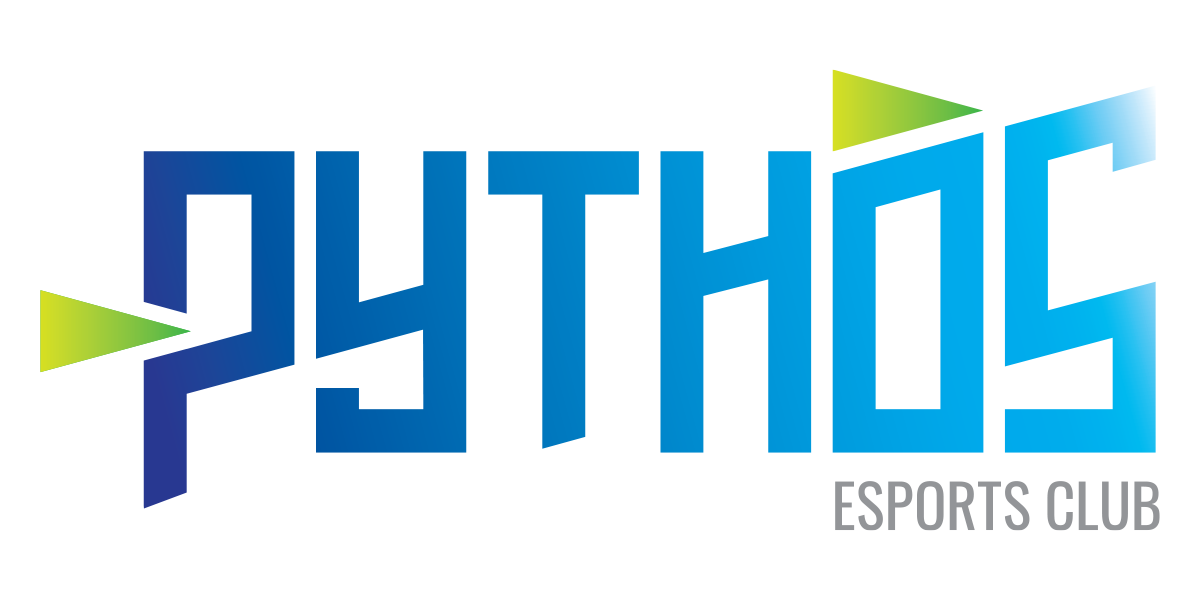12 Nov Gaming influencers: promotional rockstars of their generation
Influencer marketing is a topic that has gained perhaps more traction during the pandemic than any other form of promotion. Brands looked at online channels during the lockdown, and influencers welcomed them with open arms.
RELATED: Esports fans twice as likely to notice outdoor ads
New data from market research company YouGov shows that over four in ten of the entire global adult population now follow an influencer, and almost one in ten follow a gaming influencer.
However, how do the gamers stack up against other influencers? Plus, how big of an impact do gaming influencers and streamers have on their audiences?
The answers to these questions are available in the latest YouGov whitepaper on the business of influencer marketing in the esports and video game industry. The first in a series of three, the whitepaper explores the business of gaming influencers and provides insightful data on how the gaming influencers stand in the modern economy.
Although gaming influencers might not be as widely followed as their colleagues from the fashion and food industries, these individuals make up for it in growth. The rise of the gaming influencer is apparent. In the third quarter of 2019 there were 4.3mTwitch channels that produced content. In the second quarter of 2021 there were almost 12m.
Hours watched on the platform also steadily increased from 3.8bn in 2019 to more than 9bn this year. Combine this with a rapidly rising number of events live streaming (and restreaming) on the platform every day, and it’s easy to see why Twitch streamers, in particular, are spearheading the growth of gaming influencers.
Reaching the notorious 18 to 34 demographic
When looking at target demographics, gaming influencers are entertaining a part of the audience that is hard to reach by other forms of marketing. The much-coveted 18 to 34 year target demographic is notoriously difficult to reach with traditional marketing, and even digital platforms like Facebook and Instagram struggle to find a way to connect with it.
Although gaming influencers hold 11th place when it comes to the overall number of followers, if we take a closer look at the age range of 18 to 34 in males — gaming influencers are number one, according to YouGov’s research.
RELATED: YouGov: How nuanced data can make your esports partnership work harder for you
For men in the mentioned age range, there’s really no other influencer (or topic) they enjoy more than gaming. In 12 out of the 17 countries surveyed by YouGov, gaming influencers take the top spot. In addition, gaming influencers rank in the top three in 15 out of 17 international markets, and are more popular than sports influencers in 14 out of 17 countries YouGov surveyed.
In the United States, gaming influencers also top the charts when it comes to teenagers, but the real market for gaming influencers is in Asia.
YouGov research stated: “For those actively engaged in gaming (playing video games one plus hours per week), the global proportion who follow gaming influencers increases from nine percent overall to 15 percent, and we see a multiplying effect among heavy gamers (playing video games 11 plus hours per week) with double the amount globally (20 percent) following gaming influencers. Among heavy gamers, the countries with the highest penetration of gaming influencer followers, and consequently most likely to drive the growth of the gaming influencer sector are within Asia.”
Gaming influencers are valuable to brands and marketers
It’s vital to talk about the audiences that follow these influencers. In YouGov’s research, it’s shown that gaming influencers actually have the highest number of followers who do not follow any other influencer. Around 12 percent of gaming influencer followers stated that they do not follow influencers in any other field or topic, which is higher than any other influencer audience.
To be precise, that’s three percent more than lifestyle influencers, and six percent more than travel influencers. Gaming influencers tend to reach a ‘unique untapped audience’, stated YouGov in its whitepaper.
Considering the fact that this audience represents around one percent of the entire population of the world – gaming influencers have immense untapped potential. The popularity of esports also needs to be mentioned – almost all of the high-profile esports players today are influencers in their own right, and interacting with them and their respective audiences is still a marketing solution that is not being utilised properly.
YouGov explained in the whitepaper: “With a key driver of today’s gaming experience being social, the opportunity to hear from and speak with a streamer and his or her community further feeds this need state.
“While the vast majority who follow gaming influencers are already playing games themselves, influencers can help to deepen this relationship, and that sense of connection and belonging can ultimately be of high value to marketers looking to have a conversation with these audiences.”
Simply put, YouGov concludes in its research that gaming influencers are becoming ‘promotional rock stars’ of the influencer marketing community. Although one in 10 people follow gaming influencers on a global scale, in several key markets such as Asia and the USA, the numbers are higher, especially when we consider the hard-to-reach male 18-34 and teen demographics. And the numbers are only going to go up from here.
For more information on gaming influencers and the effects this particular kind of influencer will have in the future, make sure you check out the YouGov influencer marketing whitepaper, available here.
Supported by YouGov.
Sign up to our ESI Dispatch Newsletter
Commercial, Data, Insights, Latest News, Markets, Influencers, YouGov


No Comments